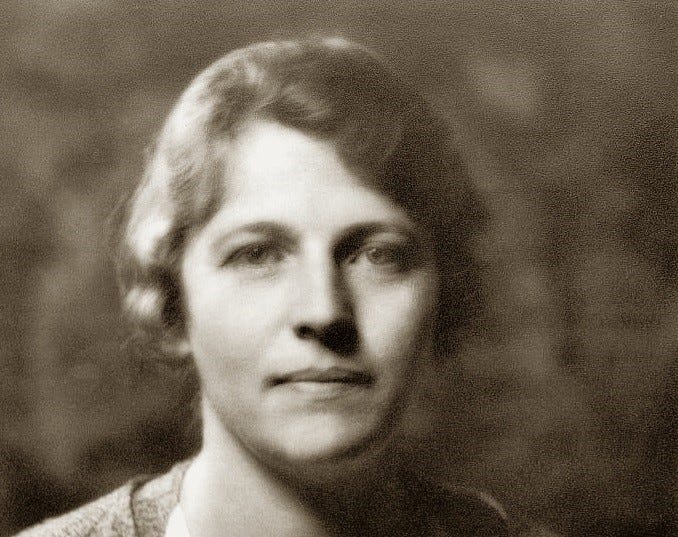Pearl S. Buck’s Insight into Missions and How She Came to It
Most people who know of Pearl S. Buck remember her as the author of the 1932 Pulitzer Prize-winning novel, The Good Earth. It was assigned reading for many Baby Boomers. The book was the Western world’s first accurate representation of life in China. Mrs. Buck was awarded the 1938 Nobel Prize in Literature for “notable works which pave the way to a human sympathy passing over widely separated racial boundaries . . .”

Pearl S. Buck had a vision of a better approach to foreign missions than what she was accustomed to. In 1932, just one year after publishing The Good Earth, the prolific author wrote a non-fiction work entitled Is There a Case for Foreign Missions? that challenged the conventional approach to missionary work in her time.
As is the case in many instances when someone challenges the status quo, her idea was revolutionary. Her idea was so far ahead of its time that it would be more than 50 years before evangelical churches would become receptive. By that time, Mrs. Buck had drifted from her Christian upbringing, discouraged and disgruntled at the resistance she met from mainline church leadership.
Her middle initial was short for her maiden name, Sydenstricker. Although she was born in West Virginia, her parents were Southern Presbyterian missionaries to China. She traveled there with her mother for the first time in 1892 at the age of five months. She would remain in China until 1911 but returned in 1914 serving as a Presbyterian missionary until 1933.
Her father, Absolom Sydenstricker, was noted not only for church planting but also for creating a vernacular Chinese New Testament translated directly from the Greek.
She recalled her father as strict, studious, and authoritative. Although she noted his respect for the Chinese people, she felt that he lacked compassion and love for them. She described her life in China as, on the one hand, “a small, white, clean Presbyterian world of my parents,” and, on the other hand, a “big, loving, merry not-too-clean Chinese world.”
This was at the root of a problem that only Pearl S. Buck seemed to grasp.
To know more about this article, click here.
Comments
Post a Comment